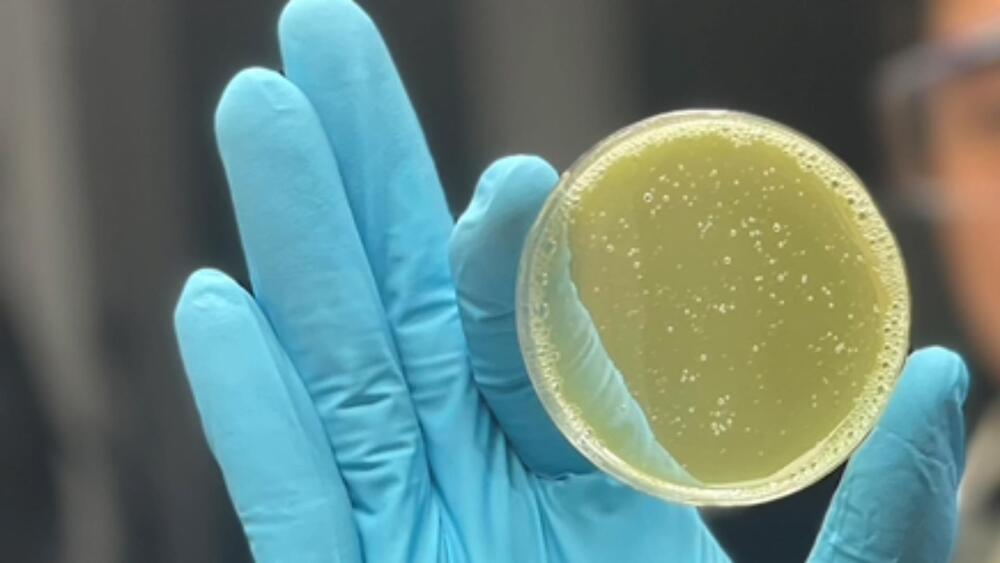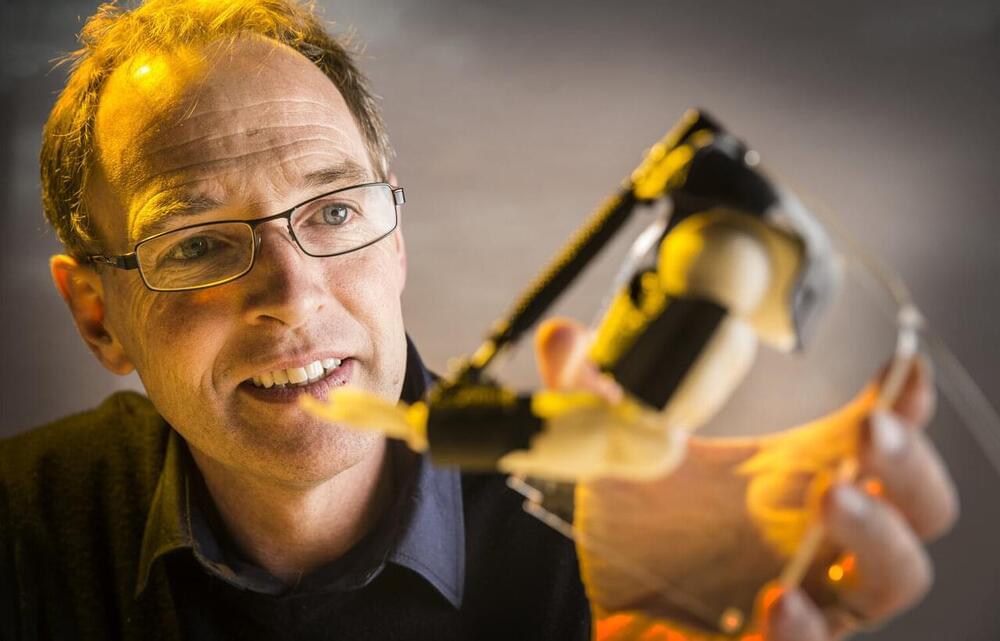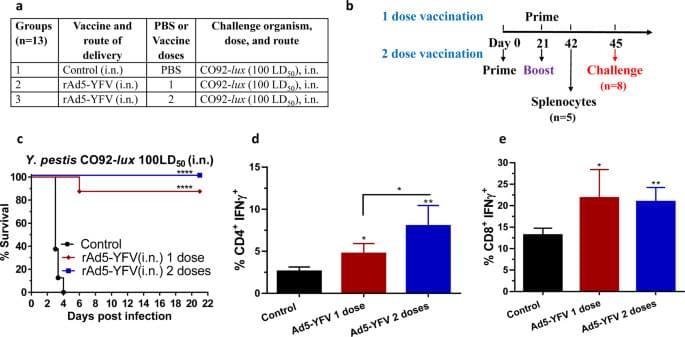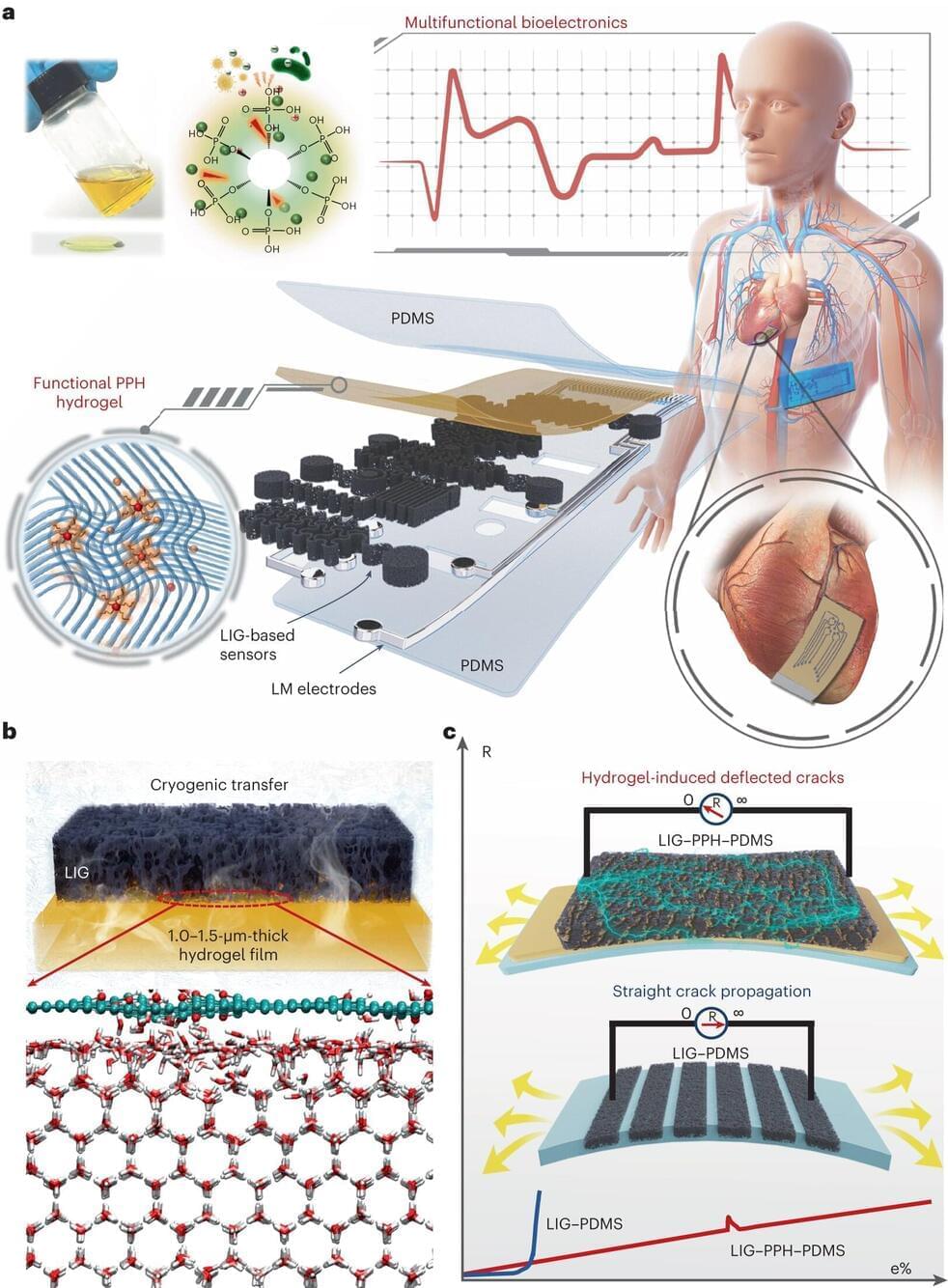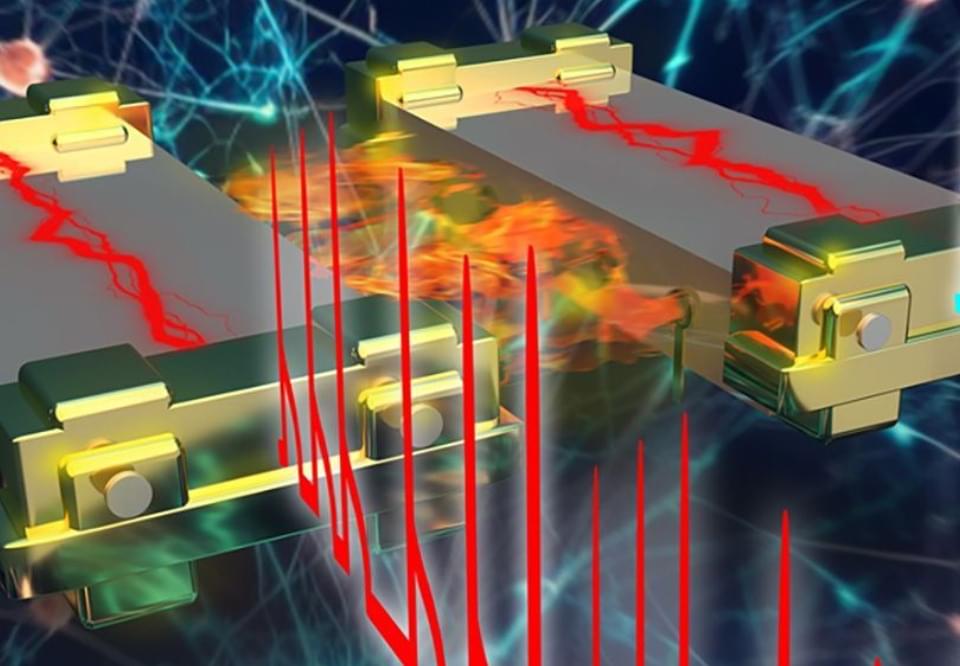Jan 17, 2024
New wound sealing method integrates laser with nano-thermometers
Posted by Gemechu Taye in categories: biotech/medical, nanotechnology
Researchers have created a smart wound soldering paste called iSolder (intelligent solder).
Nanoparticle-based paste
In a conventional tissue soldering method, the application of heat causes the paste to polymerize, resulting in bonding with the underlying tissue. This efficiently closes the wound and promotes rapid healing.
Continue reading “New wound sealing method integrates laser with nano-thermometers” »
